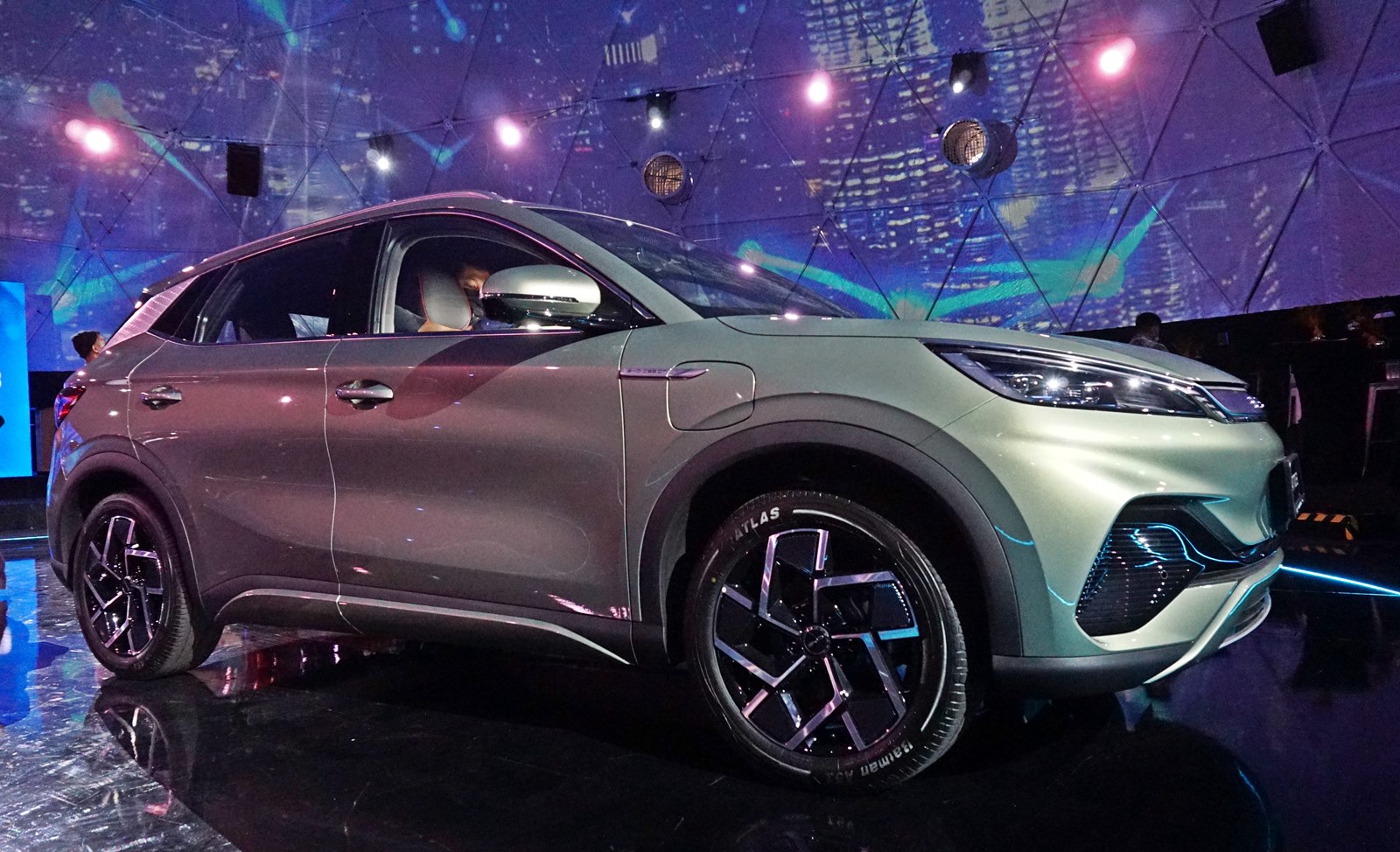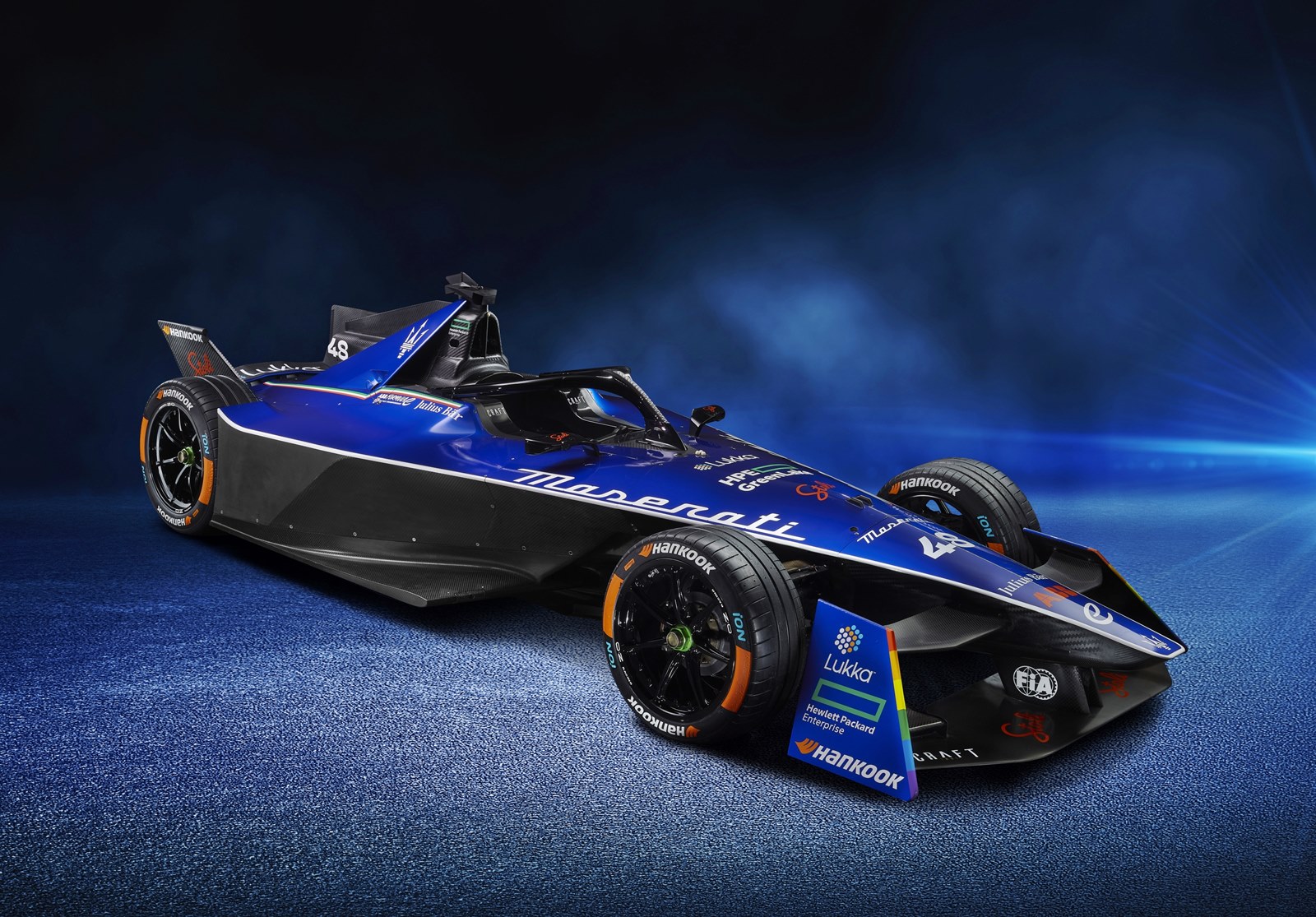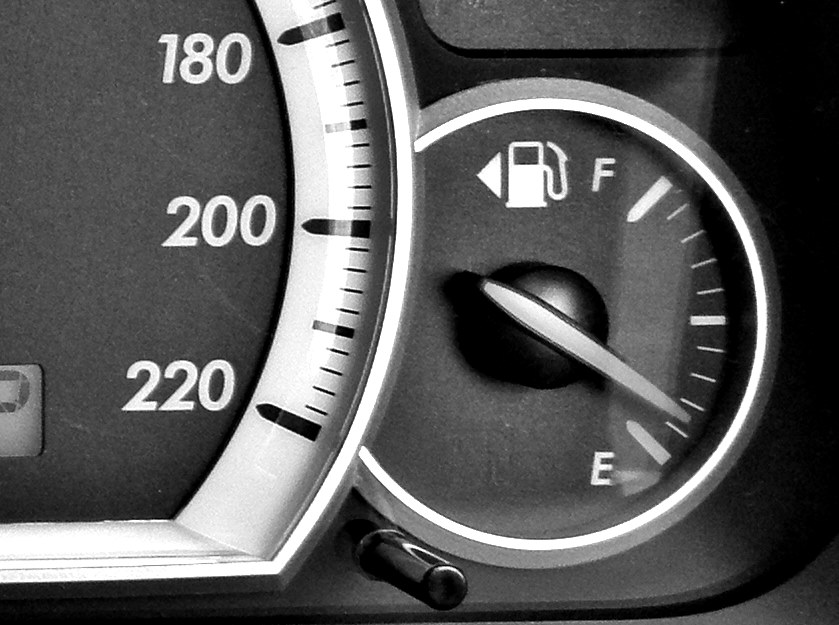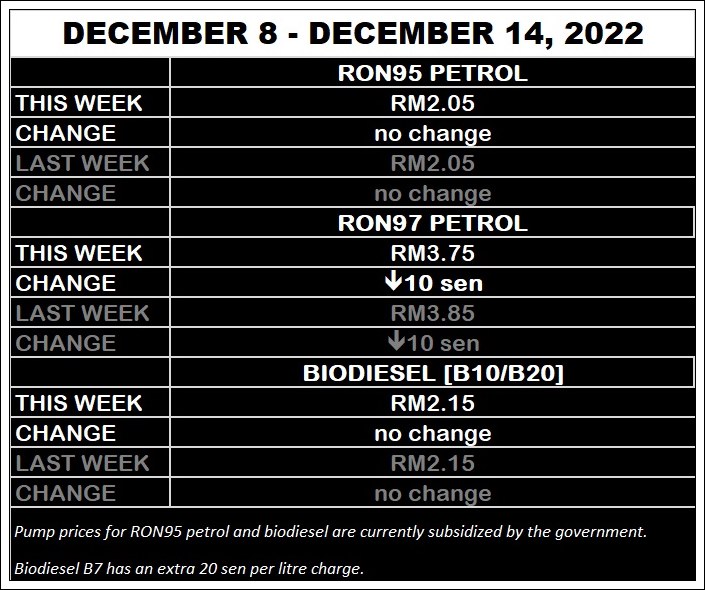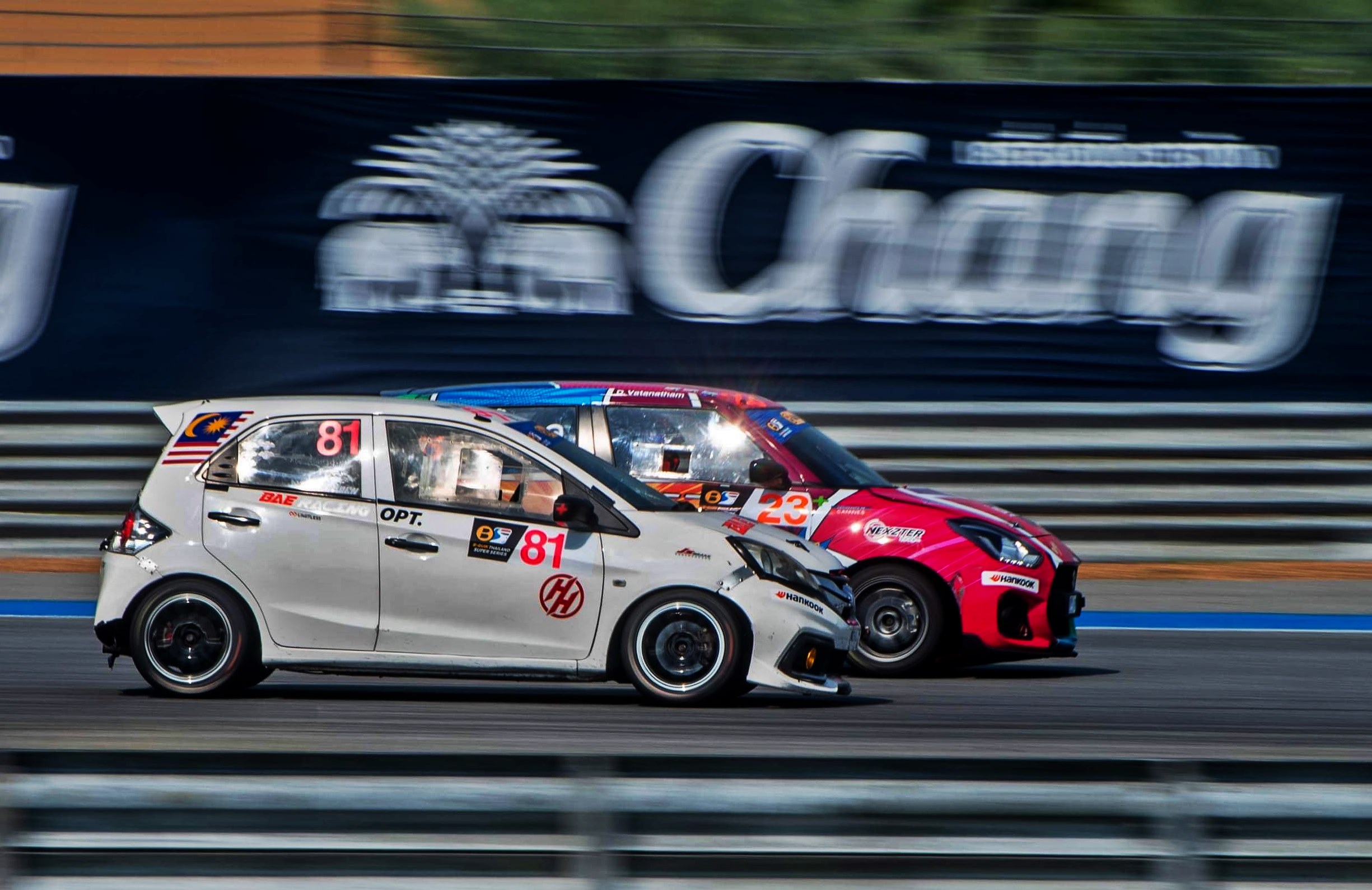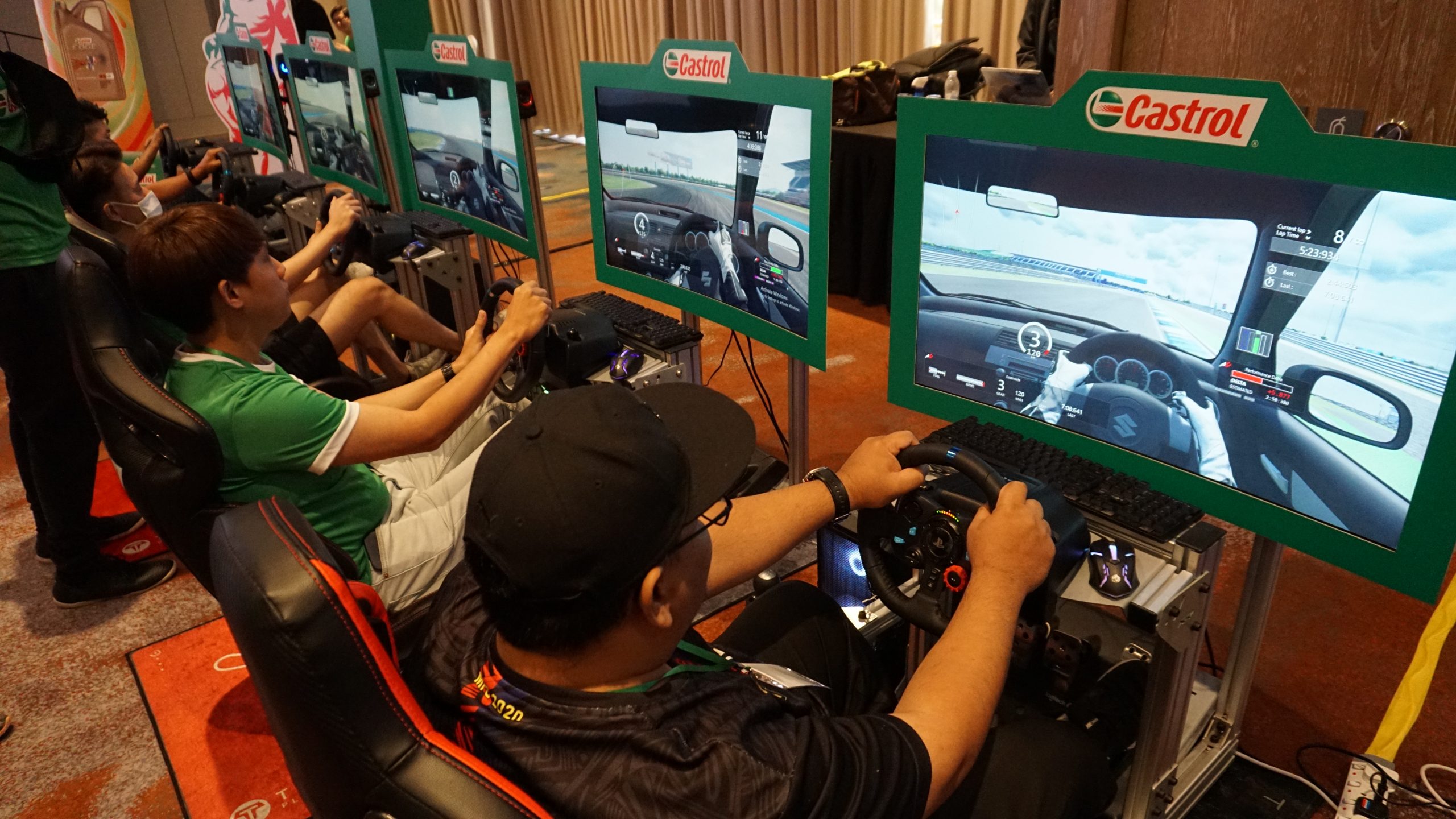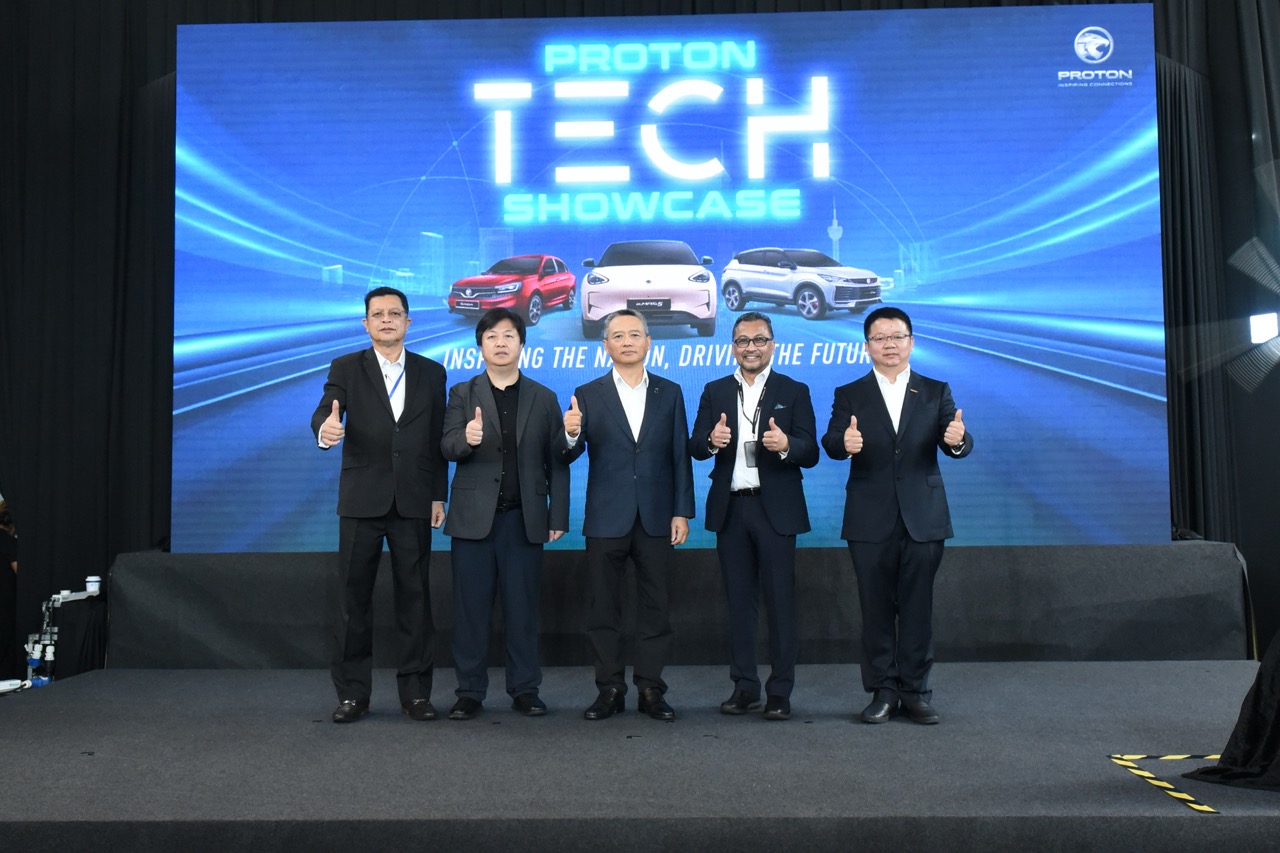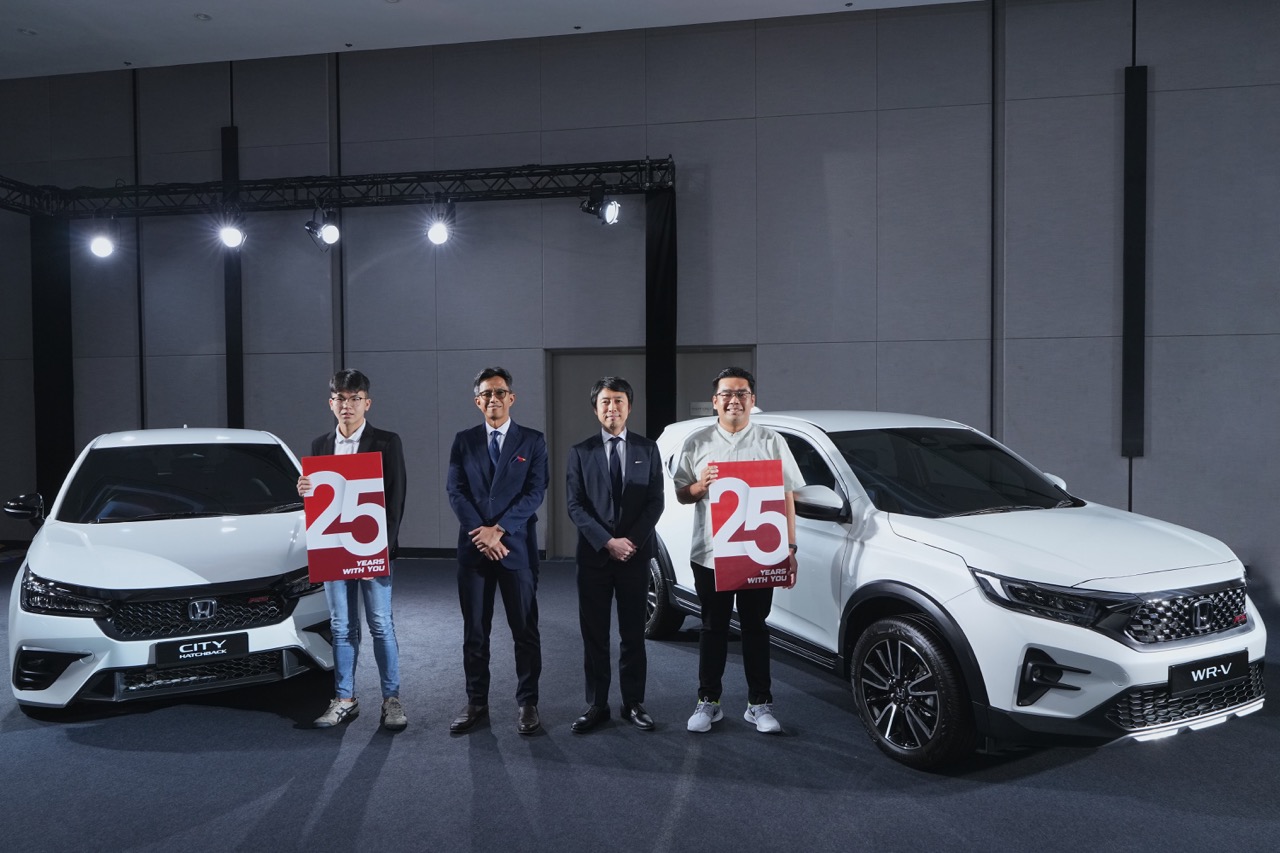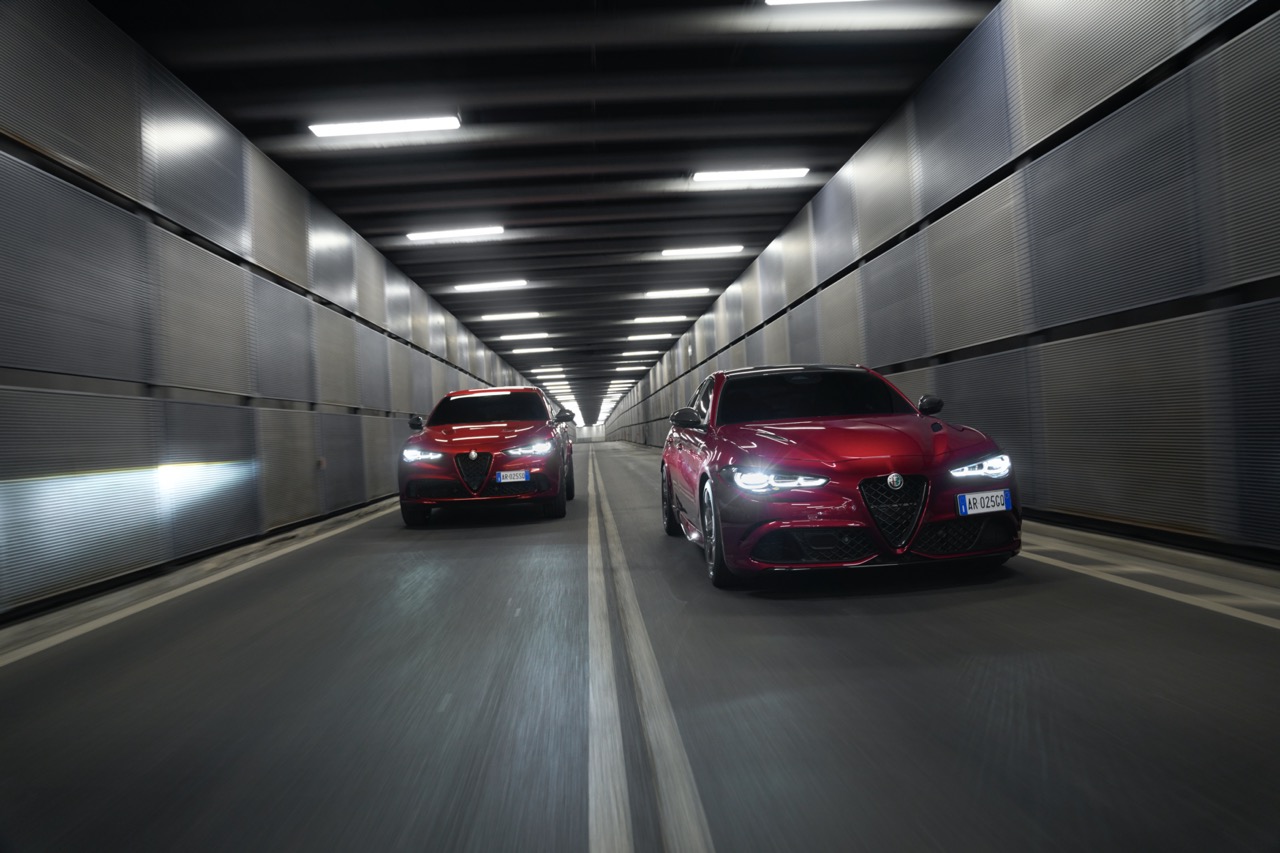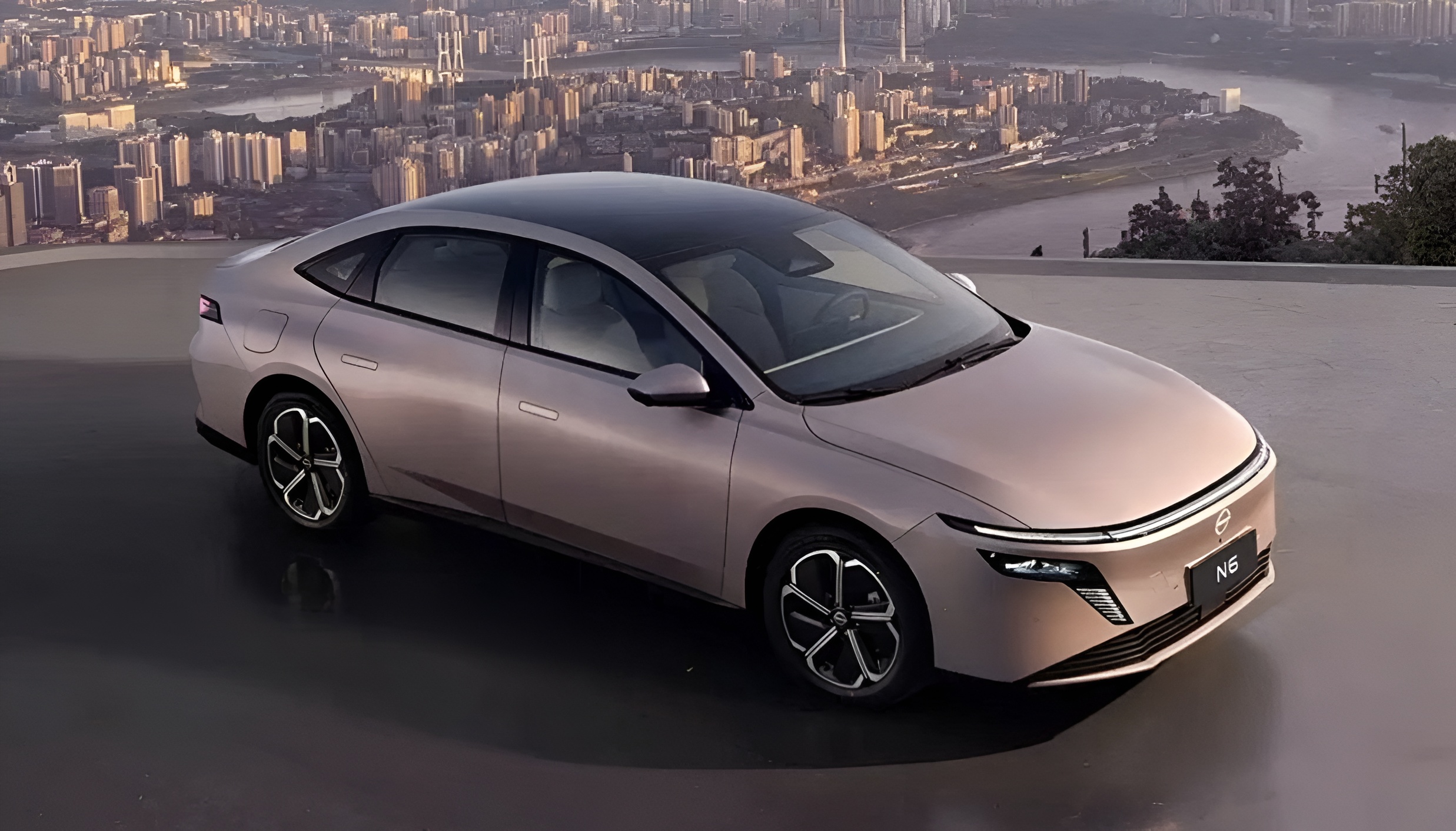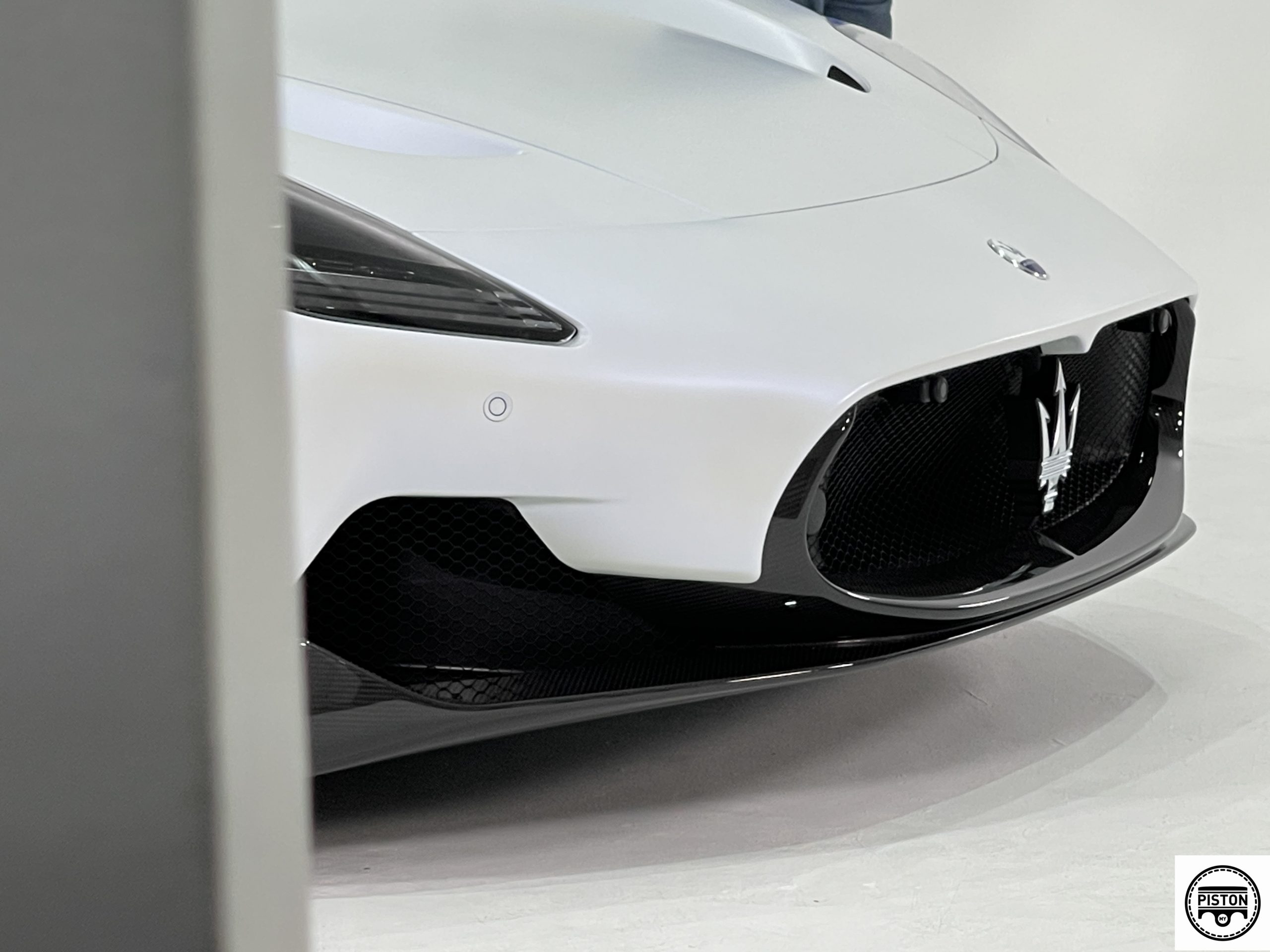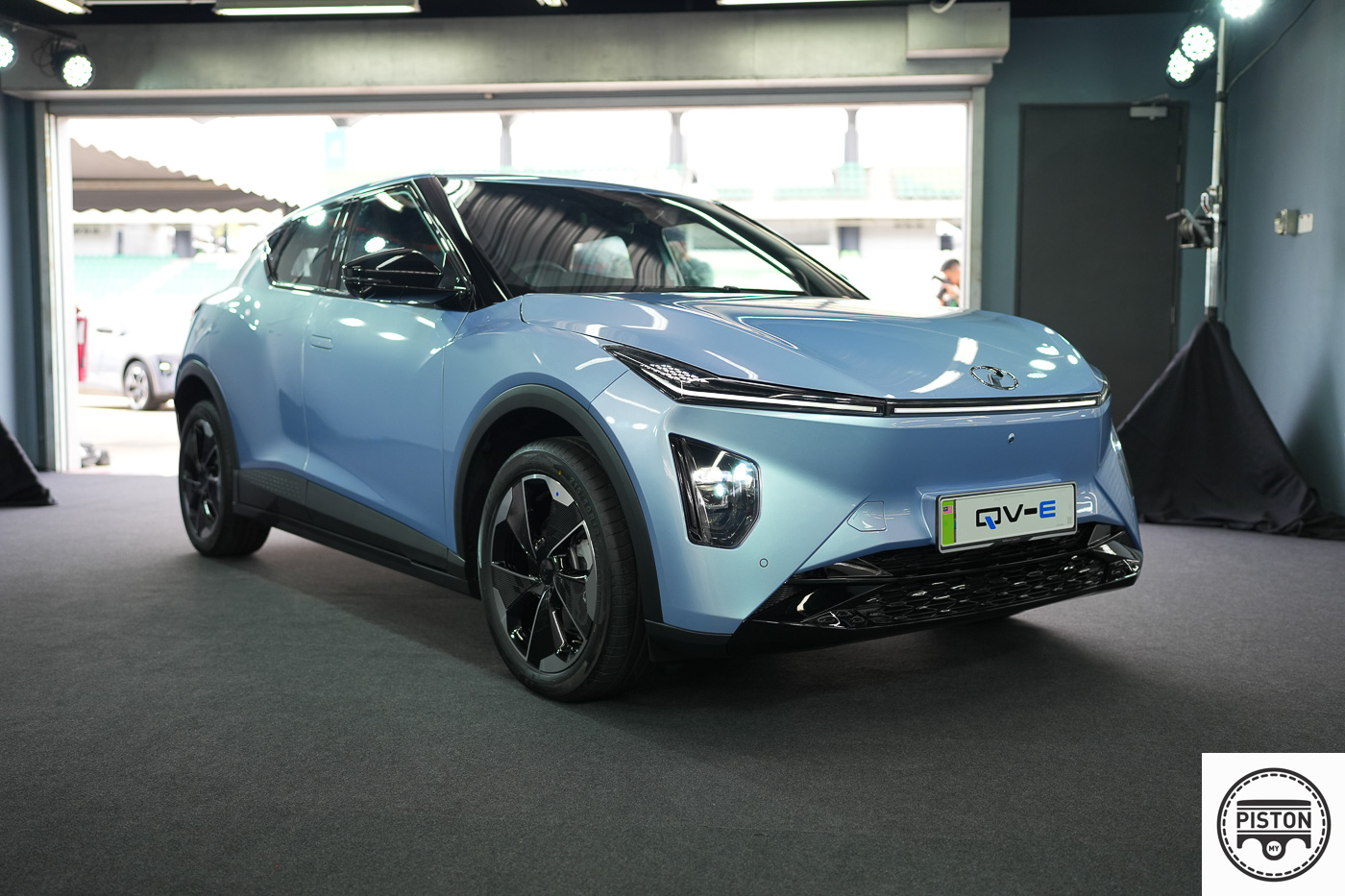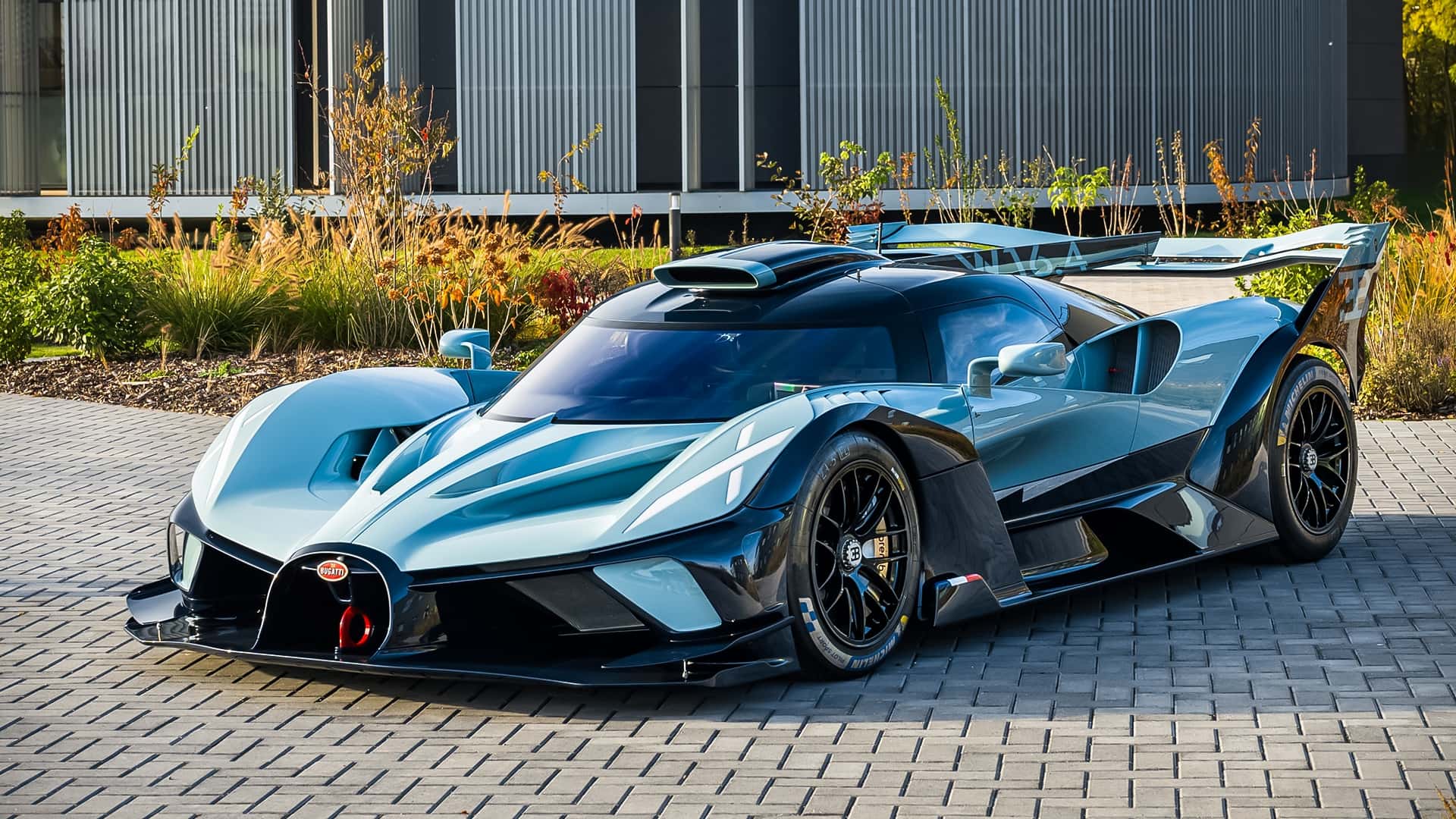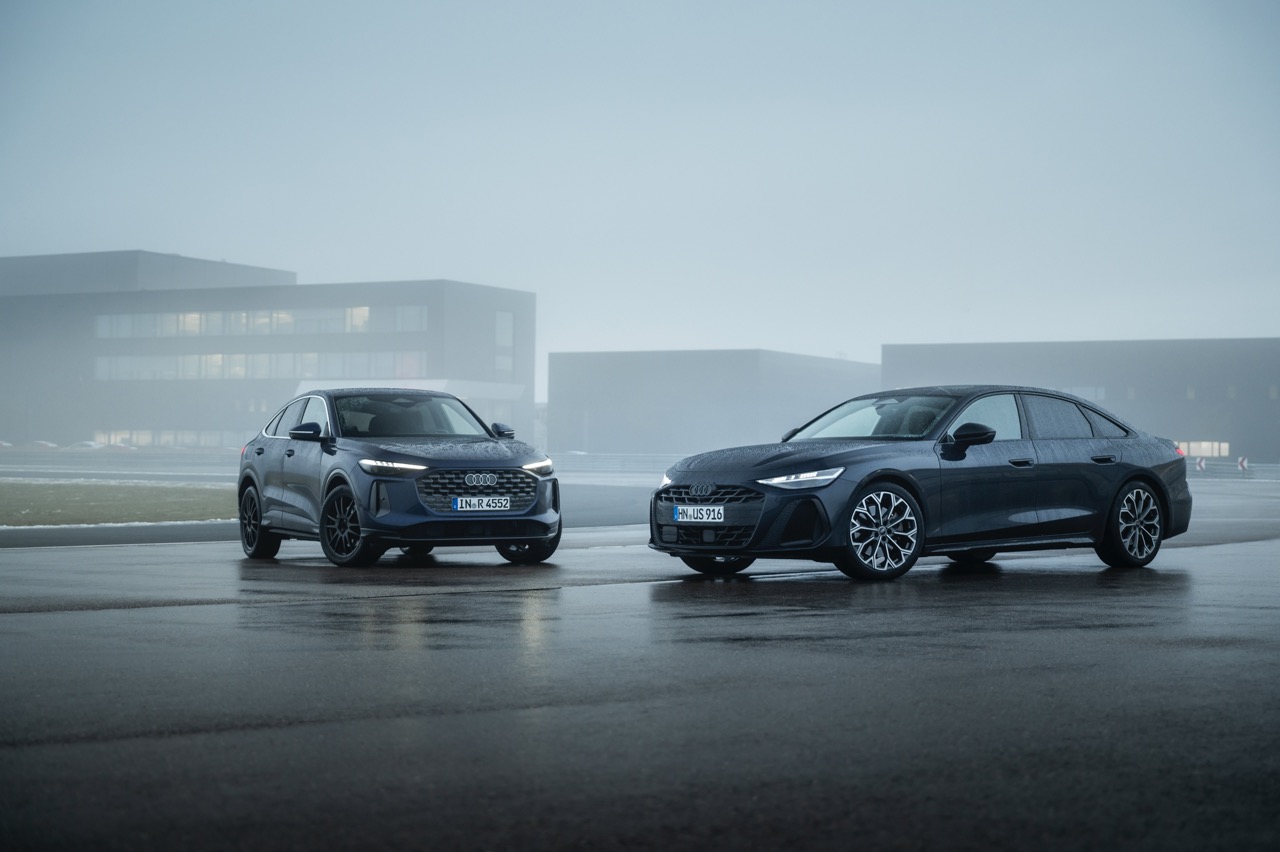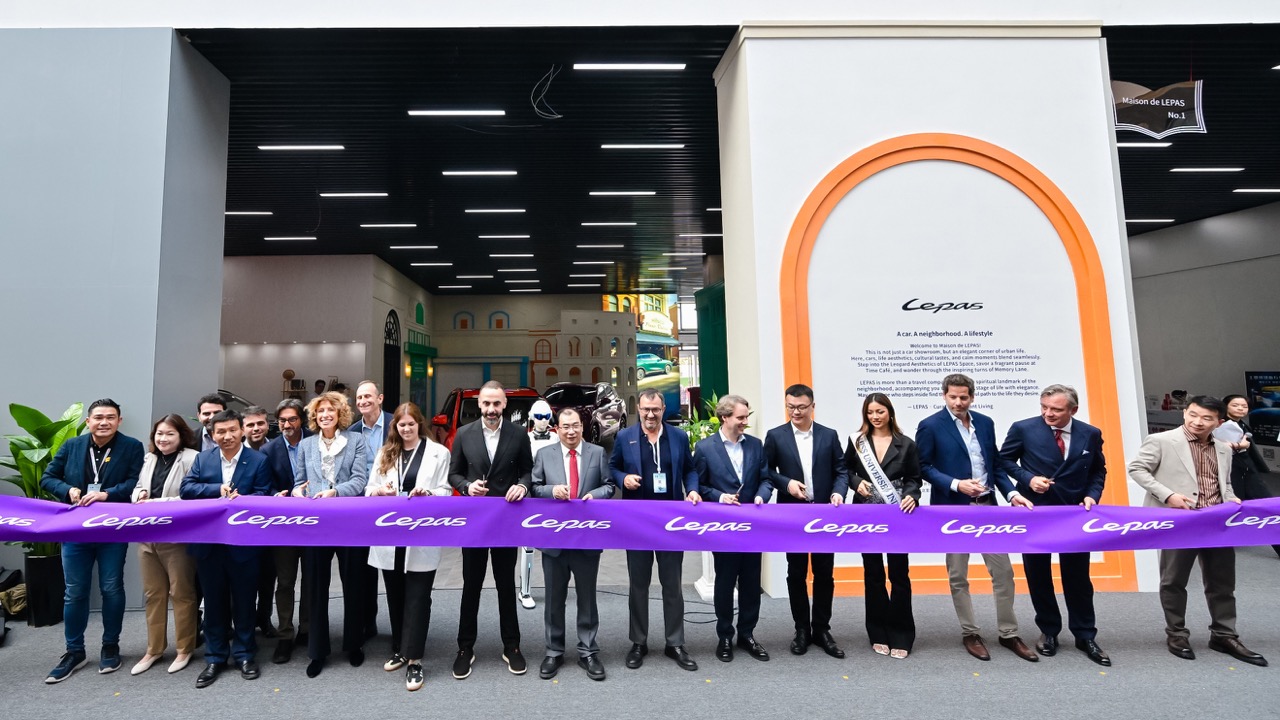Nissan and Mitsubishi Motors share the 2022-2023 Japan Car of the Year (JCOTY) award with the Nissan Sakura/Mitsubishi eK X EV being awarded the title this year. Besides being the second consecutive year for Nissan, this is the sixth time that a model of the brand has won the overall title which has been annually awarded since 1980. For Mitsubishi Motors, it is the fourth time receiving a JCOTY award.
The minivehicle was among 11 finalists (one more than usual as there was a tie) from 48 nominees. This year, among the Best 11 Cars, 4 models were from foreign brands – the BMW iX, Hyundai IONIQ 5, Range Rover and Renault Arkana. The Japanese models were the Suzuki Alto, Nissan X-Trail, Nissan Fairlady Z, Mazda CX-60 e-SKYACTIV-D, Toyota Crown, Nissan Sakura/Mitsubishi eK, and Honda Civic e:HEV/Civic Type R.
(more…)



